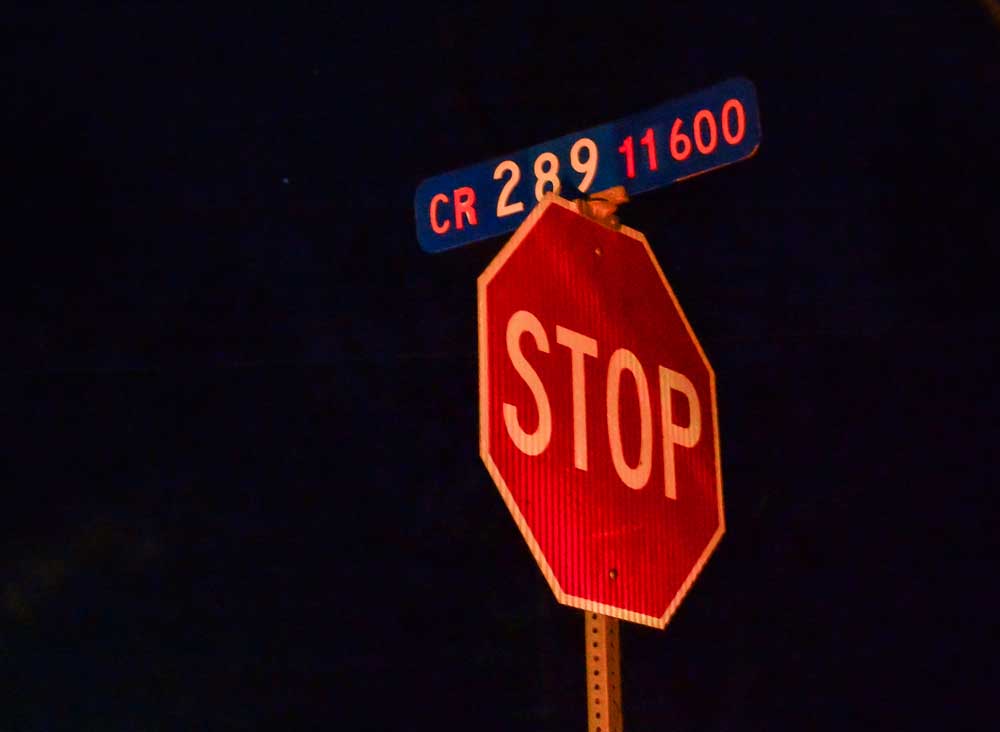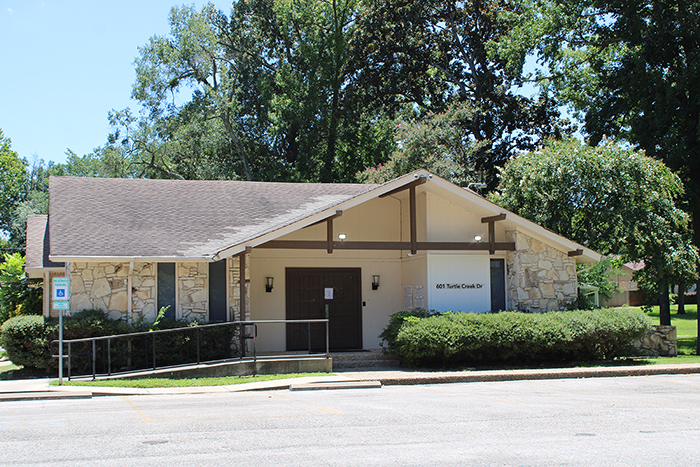Freedom for Texas was hard-fought
Published 7:21 pm Sunday, March 1, 2015
The other states just don’t get it. But 179 years ago, a group of men gathered in a Texas town called Washington on the Brazos to adopt a Declaration of Independence.
Modeled on the United States’ Declaration, the document chides the Mexican military dictatorship under Gen. Santa Anna: “When a government has ceased to protect the lives, liberty and property of the people, from whom its legitimate powers are derived, and for the advancement of whose happiness it was instituted, and so far from being a guarantee for the enjoyment of those inestimable and inalienable rights, becomes an instrument in the hands of evil rulers for their oppression.”
Trending
The men who signed the Declaration took the matter quite seriously.
“Nations, as well as individuals, are amenable for their acts to the public opinion of mankind,” they wrote. “A statement of a part of our grievances is therefore submitted to an impartial world, in justification of the hazardous but unavoidable step now taken, of severing our political connection with the Mexican people, and assuming an independent attitude among the nations of the earth.”
Following that list of grievances, the document concludes, “The necessity of self-preservation, therefore, now decrees our eternal political separation.”
Declaring the independence of Texas was only the opening step in a 50-day series of tough battles to make it a reality.
During those 50 days, some of the most storied names in Texas lore fought — and many died — to validate the Declaration.
In early battles, Texas fighters faced severe losses, the foremost being the battle of the Alamo where 150 gallant soldiers including such highly recognized heroes as David Crockett, William B. Travis and James A. Bowie died. All of them fought to the death while being overwhelmed by Santa Anna’s 7,000-member force. That small but valiant group of Alamo defenders, despite being tremendously outnumbered, held off the attackers from Feb. 23 until March 6, when an all-out onslaught finally overpowered them. No prisoners were taken.
Trending
Those brave men died before learning the Declaration had been issued.
Other battles took place at San Patricio, Agua Dulce, Refugio, Victoria and Goliad, where James Fannin and his troops were massacred. Each of these battles in the days following the Declaration was described as “a heart-shattering defeat and loss” for Texas in its bid for independence.
But the Texans who fought and died in those early conflicts set an example of fierce resistance for others, and their heroic resistance in those losing battles gave Gen. Sam Houston time to move his troops around, waiting for a strategic opportunity.
San Jacinto proved to be that opportunity.
The Texans still were outnumbered by Santa Anna’s forces, but they utilized the element of surprise to catch the enemy unprepared, capturing the Mexican general as his troops were routed.
Texas became an independent nation with the victory, and it held that distinction from March 2, 1836, the date of the Declaration, to Dec. 29, 1845, when it became the 28th state of the United States of America.







